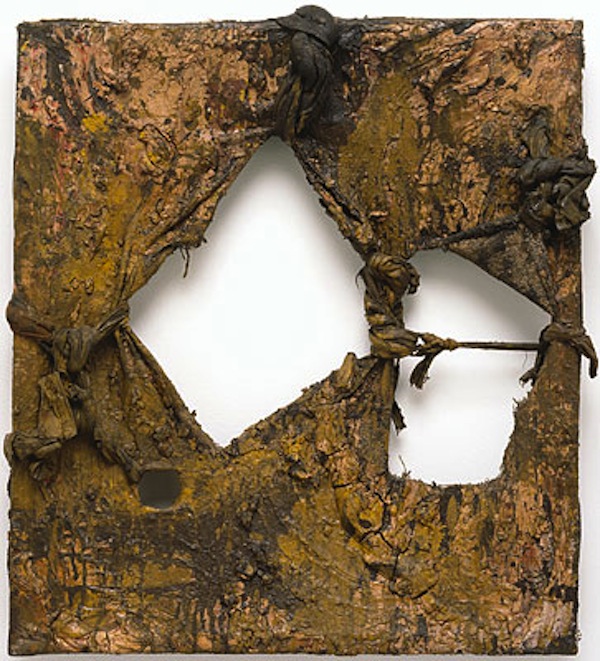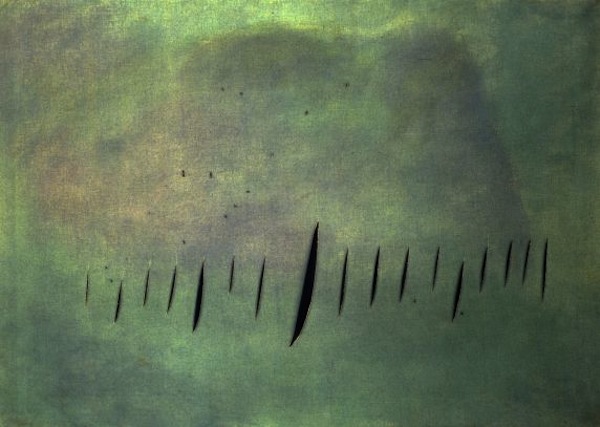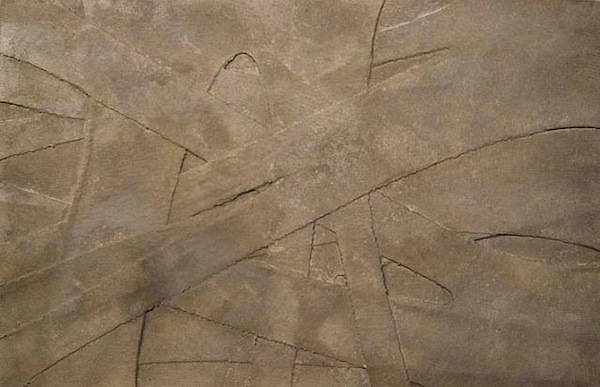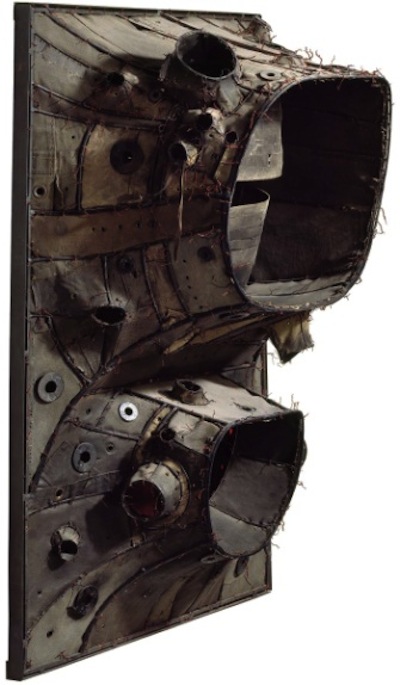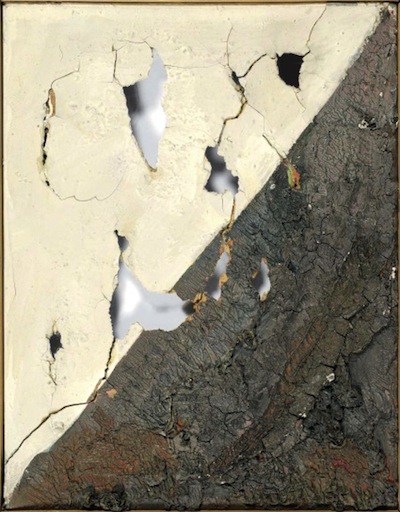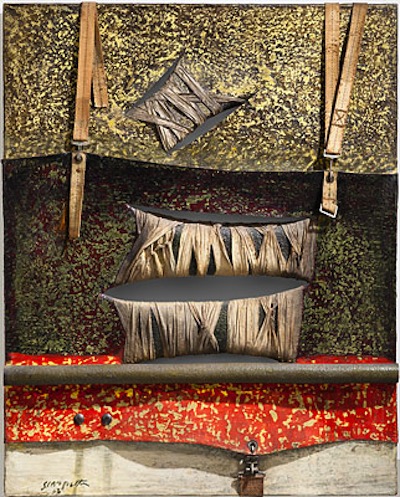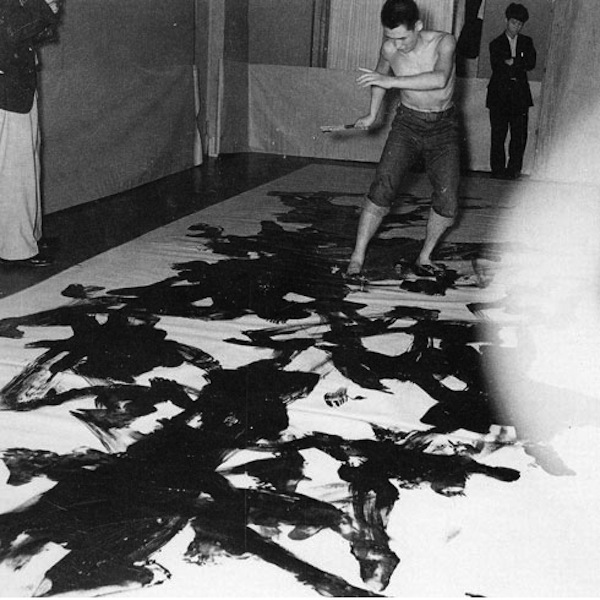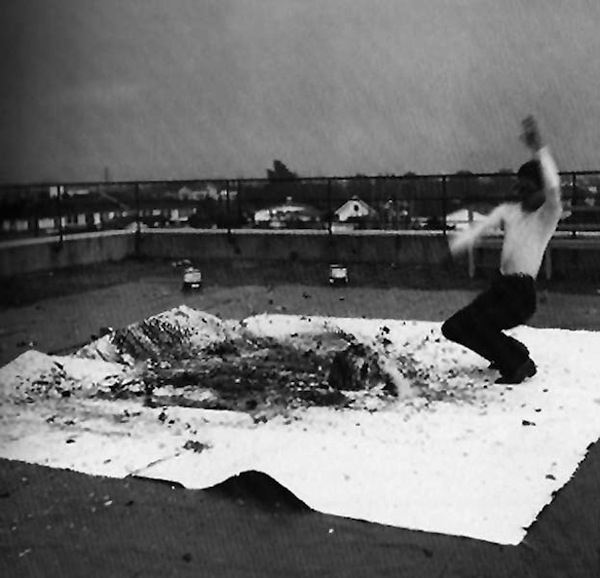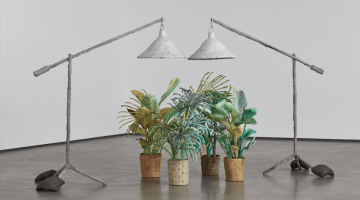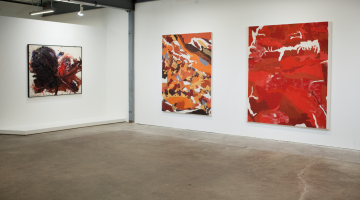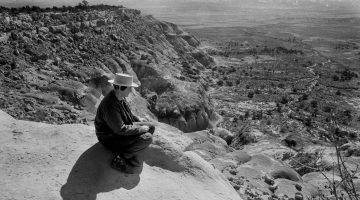Paul Schimmel’s last exhibit as chief curator at the Los Angeles Museum of Contemporary Art is consistent with the art historical revisionism for which he is known. Schimmel prefers exploring the equally important art movements and Zeitgeist-y events left out of the commonly-held reductionist history of painting as a linear evolution from Abstract Expressionism to Minimalism and Post-painterly Abstraction. “Destroy the Picture: Painting the Void, 1949-1962” presents the remarkably similar reactions of painters around the world to an essentially global war and the threat of the atomic bomb (though mostly uninformed of each others’ work). Fear of absolute destruction via the bomb provoked artists like Lucio Fontana, Yves Klein, and Otto Muehl to stab, burn, and torture the canvas, respectively. The totality of the bomb’s consequences was more terrifying than the intense gore of the first World War as depicted by Otto Dix and Dadaists. And the canvas’ wreckage is either beheld as a site of violence or regenerated in a three-dimensional painting-cum-sculpture out of the canvas, newspaper, and common (unpainterly) materials. Showing the moment of destruction or messy creation, as in the work of Gutai’s Kazuo Shiraga and Shozo Shimamoto, expanded painting into performance.
It’s difficult now to understand the depth and intensity of the fear that gripped the world after the introduction of the atomic bomb and during the Cold War. But Schimmel’s exhibit documents what was likely the first globally shared emotional experience – fear of the bomb. It’s a valuable contribution to the way we not only view art history but human history.
“Destroy the Picture: Painting the Void, 1949-1962” is on view at MOCA, Los Angeles, through January 14, 2013.
-Kendall George
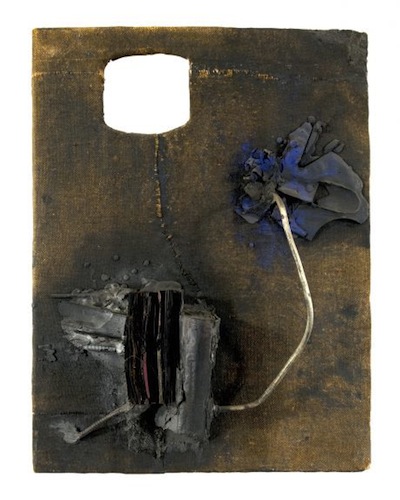
John Latham, Untitled, August 1958, burlap stretched over wood with books, some pages painted, plaster, pipe.
